Herbie Kit - Red
Solarbotic's Herbie the Mousebot is a 9-volt battery-powered, light-following robot that loves to chase flashlight beams. These little robots are so quick, you have to run to keep up to them! Herbie even has functional whisker and tail sensors, so he doesn't get stuck in corners, or under obstacles, while chasing around. If there are several Herbies in the same area, they can even be configured to chase each other!
Herbie comes as a build-it-yourself kit that does not use any microprocessors or programming. You're supplied with all parts as shown in the picture, as well as documentation to put him together. The instructions contain many pictures and simple descriptions to make the building process easy and fun, especially for beginners.
This Herbie has a red body, we also carry a black version.
Herbie Kit - Red Product Help and Resources
Core Skill: Soldering
This skill defines how difficult the soldering is on a particular product. It might be a couple simple solder joints, or require special reflow tools.
Skill Level: Rookie - The number of pins increases, and you will have to determine polarity of components and some of the components might be a bit trickier or close together. You might need solder wick or flux.
See all skill levels
Core Skill: Robotics
This skill concerns mechanical and robotics knowledge. You may need to know how mechanical parts interact, how motors work, or how to use motor drivers and controllers.
Skill Level: Noob - You will be required to put together a robotics kit. Necessary parts are included and steps will be easy to follow. You also might encounter basic robotics components like bearings, mounts, or other hardware and need a general idea of how it goes together.
See all skill levels
Core Skill: DIY
Whether it's for assembling a kit, hacking an enclosure, or creating your own parts; the DIY skill is all about knowing how to use tools and the techniques associated with them.
Skill Level: Noob - Basic assembly is required. You may need to provide your own basic tools like a screwdriver, hammer or scissors. Power tools or custom parts are not required. Instructions will be included and easy to follow. Sewing may be required, but only with included patterns.
See all skill levels
Core Skill: Electrical Prototyping
If it requires power, you need to know how much, what all the pins do, and how to hook it up. You may need to reference datasheets, schematics, and know the ins and outs of electronics.
Skill Level: Rookie - You may be required to know a bit more about the component, such as orientation, or how to hook it up, in addition to power requirements. You will need to understand polarized components.
See all skill levels
Comments
Looking for answers to technical questions?
We welcome your comments and suggestions below. However, if you are looking for solutions to technical questions please see our Technical Assistance page.
Customer Reviews
4 out of 5
Based on 1 ratings:
Fun project
Herbie is a fun project and a great teaching tool. Tip; be certain to file the sides of the body, as enclosed instructions state. Everything lines up much better. Our first Herbie needed some extra soldier to correct our challenge due to excitement of getting him assembled too quickly.
Have fun!

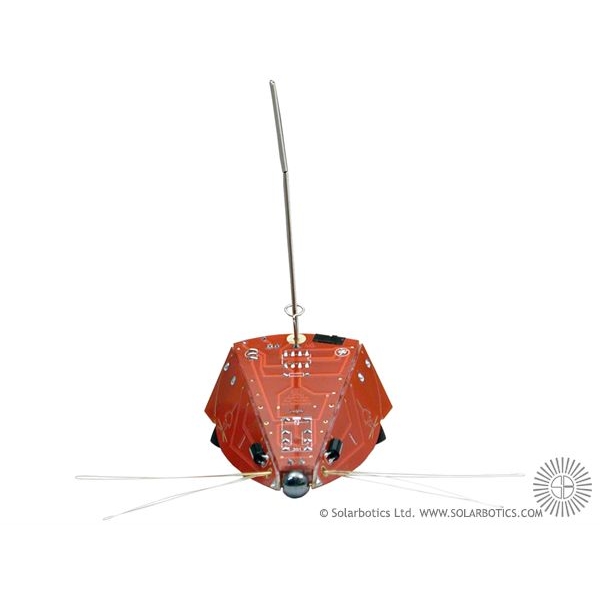
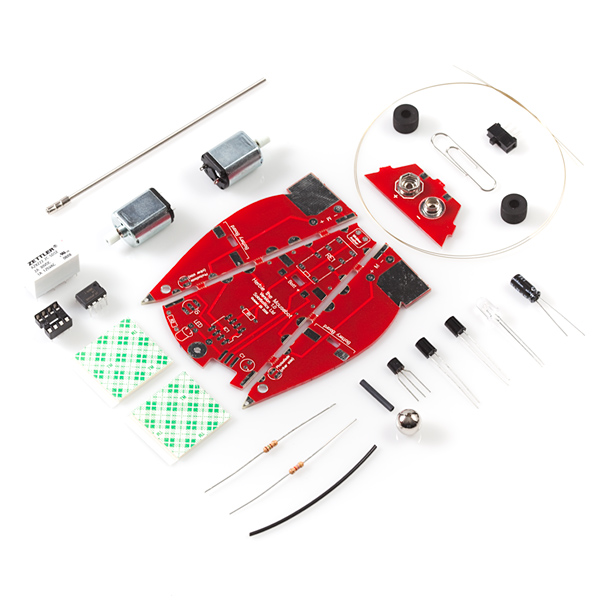
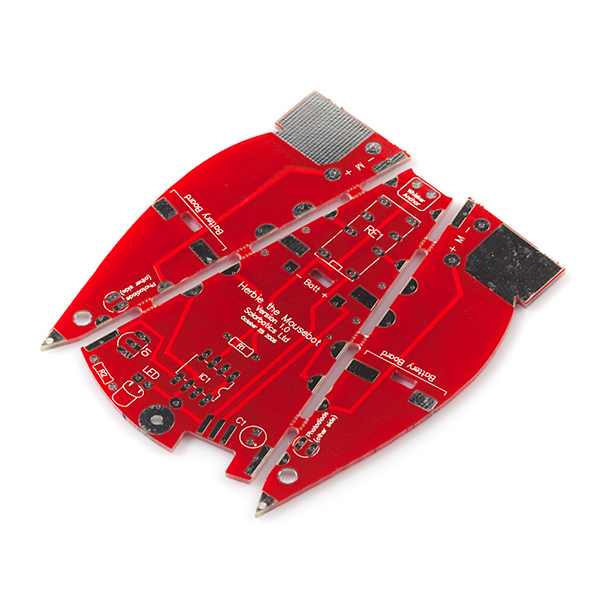
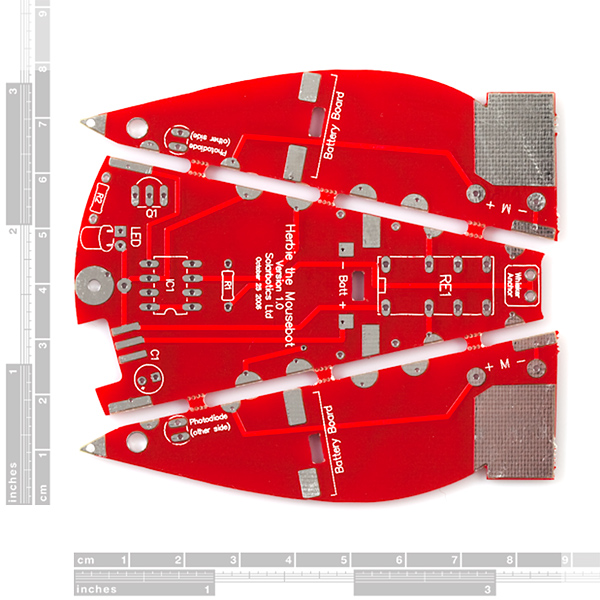
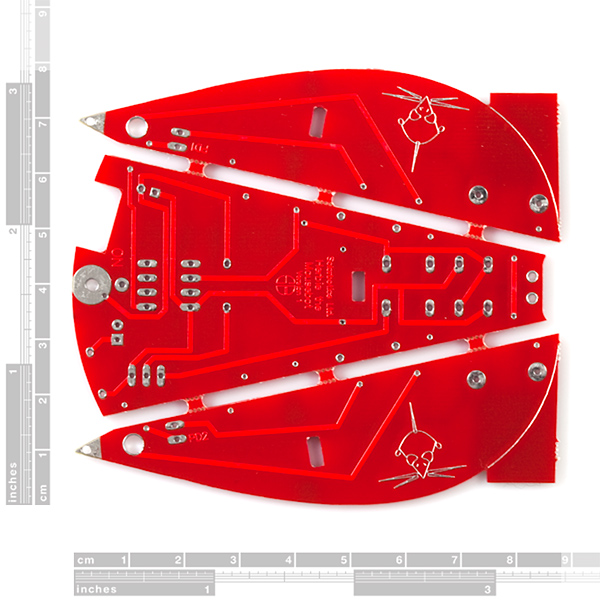
I got this for my birthday and I had a lot of fun building it. I have been doing electronics for 2 years but I have only been soldering for a month. I built this in an hour and a half! The only troble spot is the wiskers I still can't get them to go in.
Over all vary good product!
I just love programming and robotics! :)